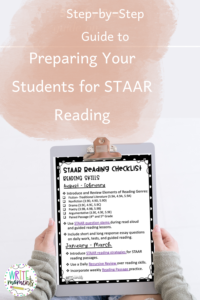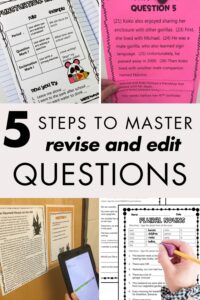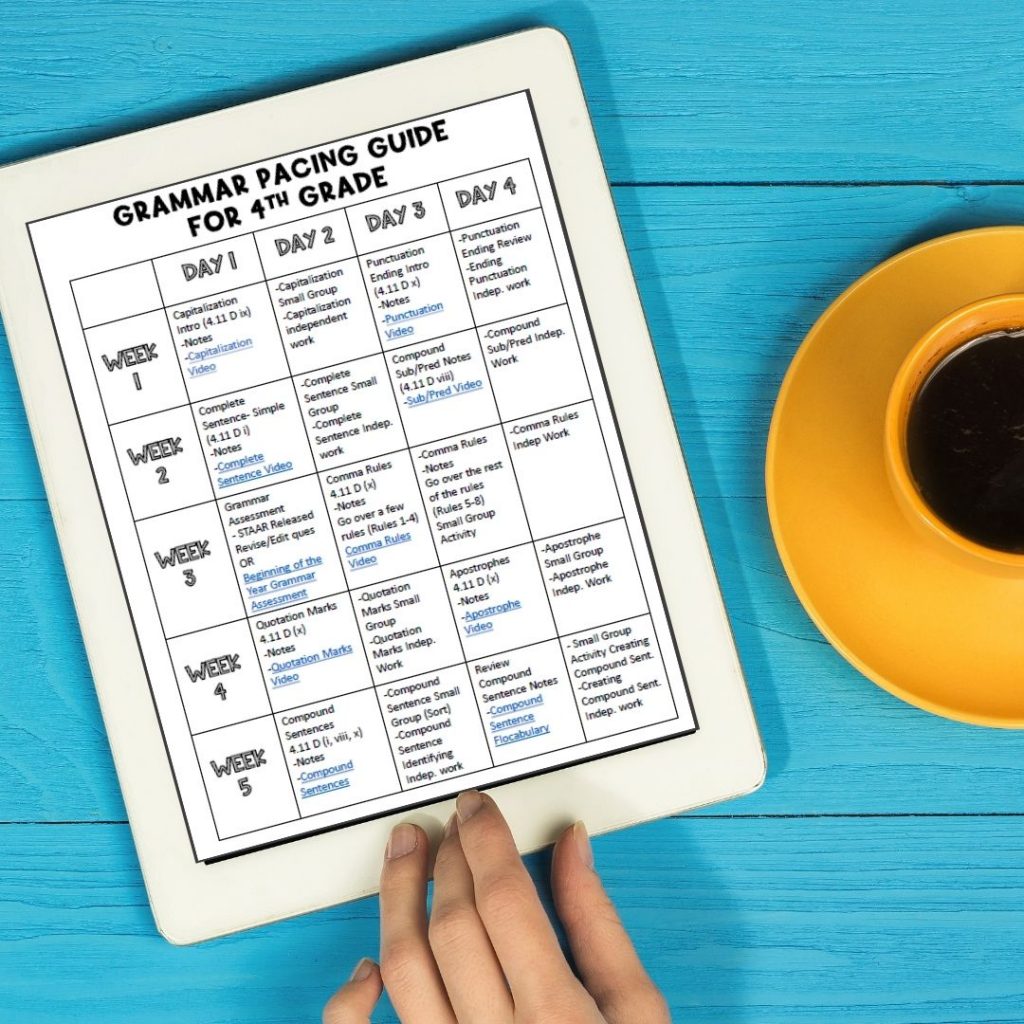Argumentative text can be a tough genre to teach because students and teachers aren’t very familiar with it. Keep reading for 5 tips for teaching argumentative text to your upper elementary students.
In argumentative text the author is trying to persuade the reader to believe a certain opinion. The new 2020 ELAR TEKS 4.8E and 5.8E say students need to “recognize the characteristics and structures of argumentative text”
Here are a few easy tips to implement argumentative text into your reading lessons:
1. Use Mentor Text
Students love being read to, so starting an argumentative text unit with a few mentor texts will get students interested in the genre.
Hey, Little Ant by Phillip and Hannah Hoose
In this story, an ant is trying to persuade a boy not to step on him. I have my students create a chart while I read the story. They write the ant’s and the boy’s claim. Then they provide evidence that supports the claim.
If you’re looking for a printable version of this chart and argumentative comprehension questions to go with this story. Check this out: Hey, Little Ant Activities
One Word from Sophia by Jim Averbeck and Yasmeen Ismail
This story is about a little girl named Sophia. She desperately wants a pet giraffe. She uses a variety of techniques to try and persuade her family to get her one. As you read aloud, students can write notes on the techniques Sophia uses to convince her parents to get her a giraffe.
Thank You, Sarah by Laurie Halse Anderson
This nonfiction story of Sarah is an excellent read around Thanksgiving. Sarah sends letters to several Presidents of the United States to persuade them that Thanksgiving should be a national holiday. After this read aloud, students can write their own letters to persuade the president or congressmen of a change they would like to see in their community.
2. Teach the Vocabulary
Your students must know the appropriate vocabulary that goes with argumentative text:
The claim is the position the author is trying to get you to accept.
The evidence are facts and examples the author gives to support their claim which try to CONVINCE the reader of their opinion.
The audience are the people who the author is trying to persuade.
3. Practice, Practice, Practice
In order for students to understand the genre, they must practice. Reading different author’s claims and analyzing their opinions will help students understand argumentative text.
Task cards are an excellent activity for small groups, so students can think and talk about the questions together.
Students should also be given the opportunity to practice independently on argumentative comprehension questions before being assessed.
4. Persuasive Writing
Students should practice writing their own persuasive papers. Students have strong opinions about many topics. Give your students a prompt, have them pick a side, and state their claim. Most importantly, they will need to include evidence to support their claim.
Another fun activity is to have students debate two sides to an argument. It gives them the opportunity to express their ideas and think quick on their feet to defend their claim.
5. Assessment
As with every unit, it is important to assess your students at the end of the argumentative text genre. It is important to know which students grasp the concept. On the other hand, you also must know which students need to be retaught the material.






